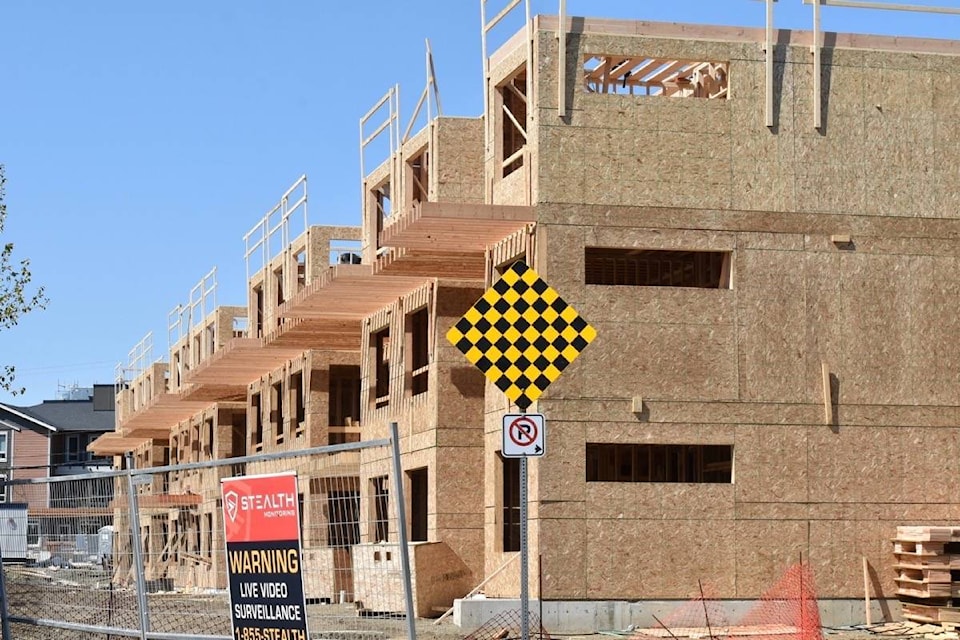The Comox Valley Economic Development Society and the CV Coalition to End Homelessness co-hosted the Innovate 2030 Employee Housing Summit, last Thursday at 19 Wing.
A panel of guests presented steps taken in other regions to address the lack of appropriate and affordable housing options that have created challenges for employers and employees.
In Whistler, a housing authority partnered with the community to provide a range of housing options — rental and home ownership — for residents working in the village. It created an inventory of price-controlled units to offer something affordable in the face of skyrocketing market prices. The inventory includes about 1,900 units of affordable rental and ownership housing.
“There’s a huge, huge difference between market and non-market housing,” said Cheeying Ho of the Whistler Centre for Sustainability.
For instance, a non-market studio will rent for $825 in Whistler. A market studio goes for $1,556.
A critical element of the Whistler Housing Authority (WHA) is covenants, which ensure restrictions on occupancy and price. But Ho notes challenges with long waitlists and land scarcity.
She also said it can be difficult to move from non-market to market housing.
In Fort McMurray, the non-profit Wood Buffalo Housing provides a variety of options to a variety of tenants — families, seniors, first-time home buyers, and individuals who find themselves homeless. Like the WHA, it collaborates with various stakeholders to fulfil its vision of providing safe, affordable housing for everyone.
In central Saanich in Victoria, an infill housing study has determined that 1,249 housing units are needed in the Keating Business District, but land capacity only allows for 875 units. Options can include townhomes, cluster housing and/or carriage homes.
“A variety of housing options are important to employees,” said Jada Basi, manager of housing and community planning at City Spaces. A key issue, she noted, is the cost of construction and of materials.
“There is room for government and industry to work together.”
The B.C. government created HousingHub, a division of BC Housing, to increase the supply of affordable housing for middle-income earners — whom provincial director Raymond Kwong notes are “putting pressure on the rental stock.”
The Affordable Home Ownership Program provides construction financing at reduced rates, and leverages land from partners such as non-profits and faith groups. Units are sold at five to 20 per cent below market value.
The summit panel also included Candace Koo of the Canada Mortgage and Housing Corporation, which hopes every Canadian has a home by 2030. Koo is an affordable housing specialist who works with Vancouver Island developers, municipalities and co-ops to build affordable housing with a range of financing and funding tools.
The National Housing Co-Investment Fund provides more than $13 billion in loans and/or capital contributions over 10 years to create new housing, or to repair affordable housing.
“Everyone is eligible to apply,” Koo said. “The key is partnerships. There are no loan fees with this program.”
Another CMHC program, the Federal Lands Initiative, supports the transfer of surplus lands and buildings — at a discount or no cost — to develop affordable housing.
